The magnetostrictive level transmitter uses buoyancy, magnetostriction and electronics technologies to accurately measure the level of a wide variety of liquids, including interface and insoluble multiple liquids with a two-float design.
In the typical magnetostrictive level transmitter a float, appropriately sized for the specific fluid density, is mounted on the level transmitter stem such that the float will travel up and down due to the buoyancy of the float from the fluid being measured. The float contains a magnetic element. To locate the float position the magentostrictive level transmitter electronics sends a short current pulse down a sensor wire located within the level transmitter stem with a specific frequency, setting up a magnetic field along its entire length. This field interacts immediately with the field generated by the magnet contained within the float.
The overall effect is that during the brief time that the current flows, a torsional force is produced in the wire, much like a sonic vibration or wave, and travels back to the magnetostrictive level transmitter electronics. A timing circuit exists within the electronics which measures the time-of-flight (TOF) between the start of the current pulse and the return signal. In this manner the float’s location (and therefore the fluid level) is very precisely determined and presented as a level signal by the magnetostrictive level transmitter, typically in 4-20mA output.
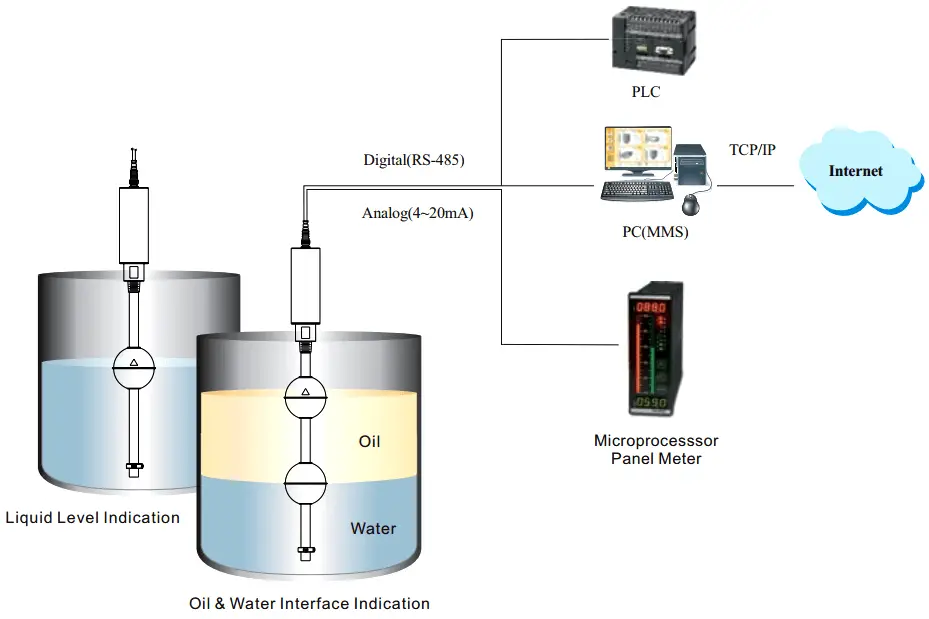
Source : FineTek
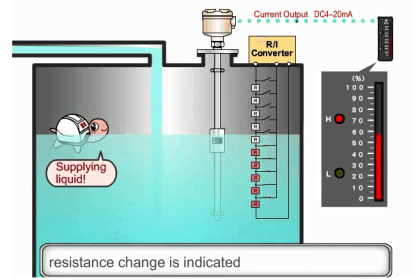
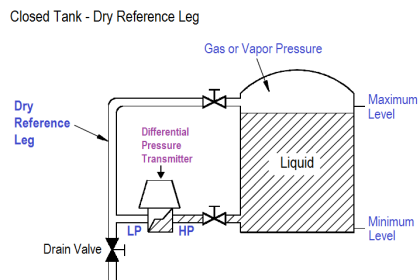

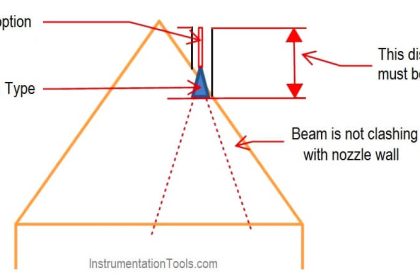
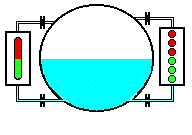
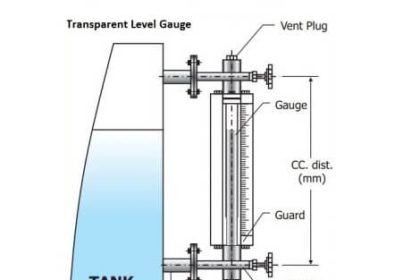
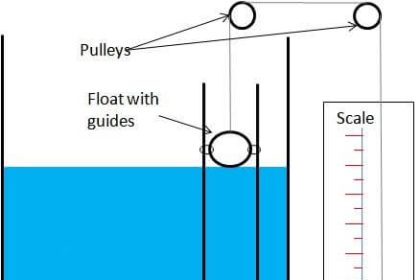

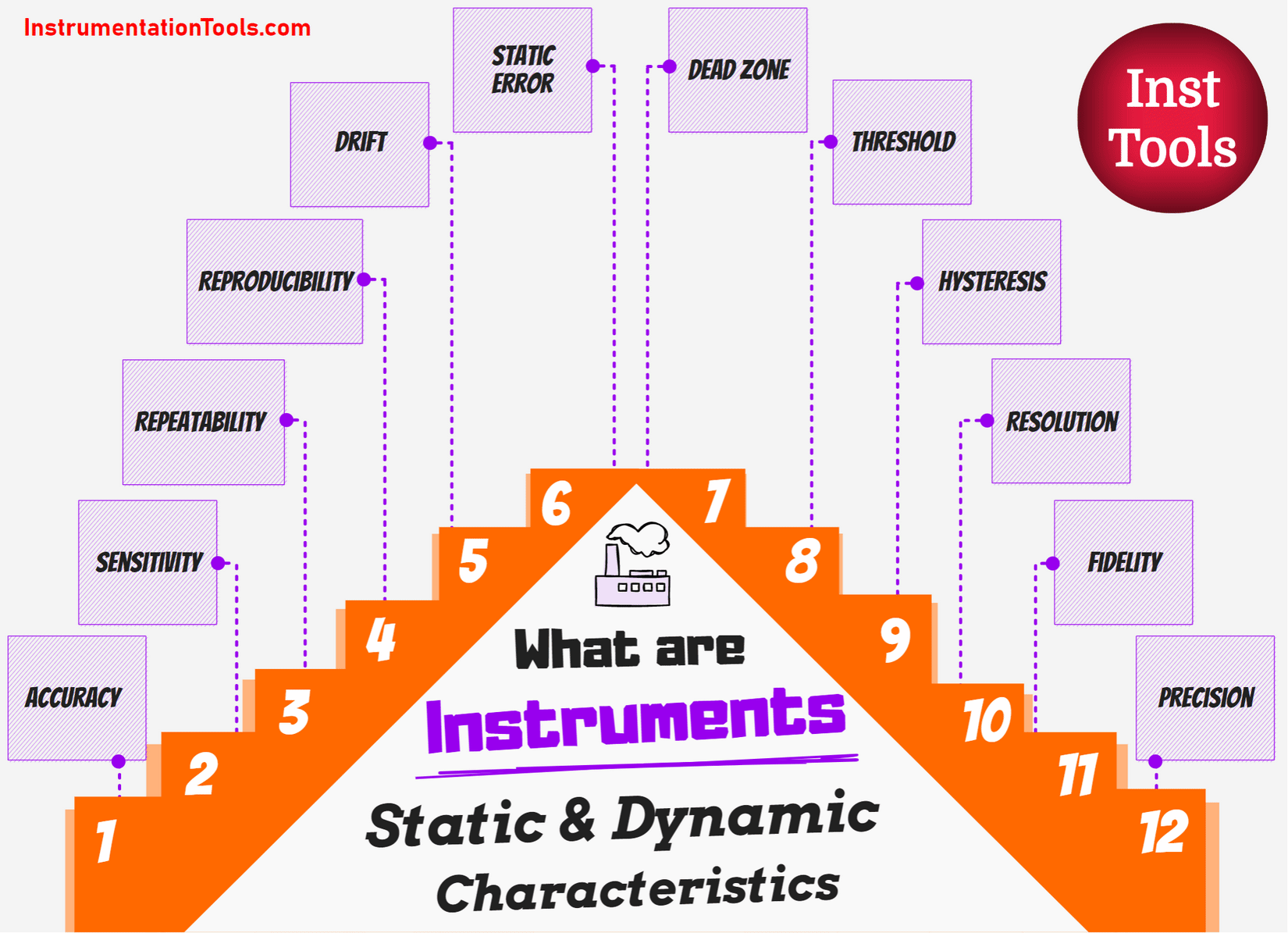
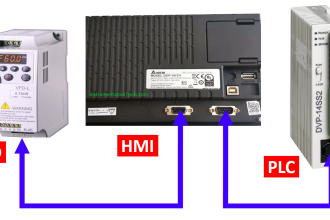

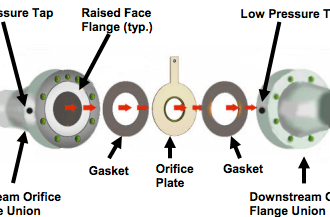
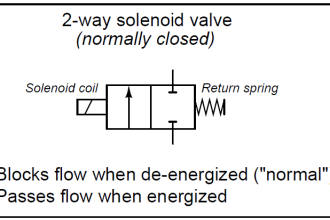


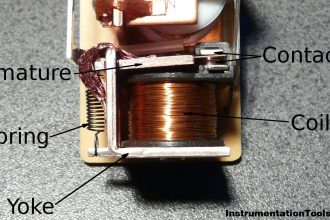

Very interestin concept cloud computing mesurament data